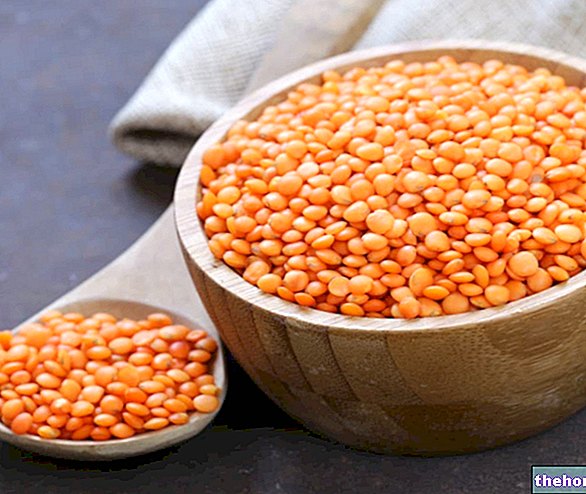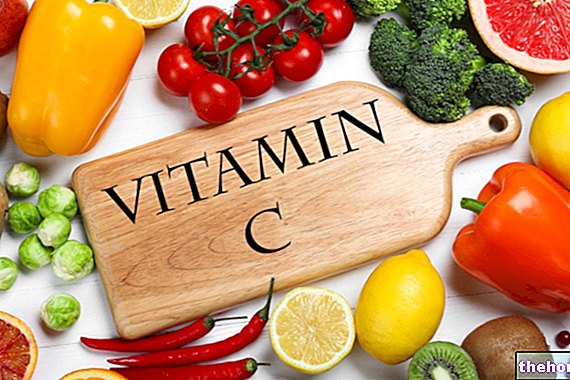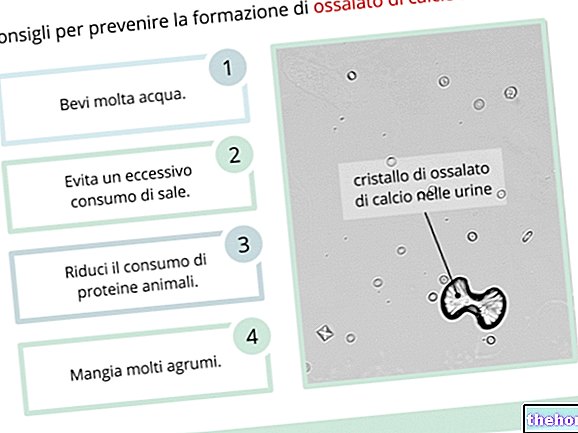An ancient cooking method, much appreciated but not always healthy
Grilling food is one of the oldest cooking methods: it is simple, fast and gives the dishes a distinctive flavor, irresistible for many.

In the case of contact grilling, on the other hand, red-hot plates are used which are made to adhere directly to the food.
Rules and Tips for optimal grilling
Here are some useful tips for cooking on the grill, then we will deal with the nutritional and health aspects of this ancient cooking method
- It takes about an hour for the wood to be reduced to the embers, it is better to choose seasoned wood such as vine or juniper and avoid the resinous one. Prepare a quantity of wood that allows the formation of a layer of embers slightly wider than the grill for a thickness of about 5 centimeters.
- The grille must be made of stainless steel and with thin temples
- The grill must not be in direct contact with the fire but at a distance of at least 10-15 centimeters depending on the thickness of the meat, the temperature and the quantity of embers. Before placing the dishes, the grill must be thoroughly heated.
- It is a good rule to avoid piercing the meat to prevent the escape of liquids; it is therefore advisable to use stirrers or pliers to turn the dishes.
- For the same reason it is good not to sprinkle the salt during cooking
- Cooking time depends on the type and thickness of the food. Cheese generally has shorter cooking times.
- It is good not to overdo it with the condiments but to sprinkle the dishes lightly with a brush or a sprig of rosemary.
- In any case, the meat must be completely defrosted and dry before being placed on the grill
Barbecue sauce
Problems with playing the video? Reload the video from youtube.
- Go to the Video Page
- Go to the Video Recipes Section
- Watch the video on youtube
Grilling, healthy eating and health
In the introductory part of this article, we stated that grilling is an unhealthy cooking method. In fact, the use of the grill to prepare food is not well regarded by nutritionists, although there are conflicting opinions on it. The reduced use of condiments would make it particularly healthy were it not for the very high temperatures reached during cooking. it is in fact capable of altering the organic substances present in the dishes.If you consider that temperatures close to or even higher than 1000 degrees can be reached during cooking, it is easy to imagine how substantial this alteration is.
In particular, the attention of nutritionists is directed not only to the important loss of the vitamin content of vegetables but above all to the formation of carcinogenic substances deriving from the burning of the external parts and in particular of the fattest ones. In the characteristic charred strips you can find derivatives of benzopyrene and anthracene, both highly carcinogenic. Just think that a low kg of grilled meat contains the same amount of benzopyrene found in 600 cigarettes. See also: Diet and cancer
For this reason, it is important to carefully clean the grill at the beginning and at the end of its use, in this way the possibility of toxic residues from the previous cooking will be removed from adhering to the new foods, altering their characteristics and safety.
For the same reason, the traditional grid of the plate is better, since the contact surfaces are smaller. Even the inversion of the food during cooking helps to limit the contact times with the hot grill. These last points, however, do not go very well with the rules of good cooking which in many cases include marinating and / or greasing the dishes. and few inversions during cooking.
As extensively illustrated in the "What are the ideal oils for frying?" Oils and all fats in general have a maximum heat tolerance limit beyond which their molecular structure is altered and toxic residues are produced for our The temperatures reached during grilling far exceed this limit and it is therefore advisable to avoid sprinkling the meat with oil during cooking. On the other hand, the high temperature of the grill is necessary to form a thin outer layer that prevents the leakage of liquids contained in the meat while keeping its natural softness intact.
If on the one hand the external temperature reaches very high temperatures, on the other the internal one, given the reduced time of exposure to heat, remains relatively low. In particular, it may happen that for very thick cuts of meat, the internal part remains excessively raw and beyond the taste not appreciated by all, any pathogenic germs could survive.
Therefore grilling is not one of the healthiest methods of cooking, however the harmful aspects can be limited by adopting some precautions:
- first of all, choose meat of good quality and of guaranteed origin, in this way we at least partially avert the dangers that toxic cooking residues are associated with hormone residues or other carcinogenic substances used in livestock breeding;
- avoid the fattest cuts of meat since, as we have seen, it is precisely the fat that undergoes the most harmful alterations with heat; alternatively, remove any visible fat from the meat before cooking;
- for the same reason, limit the greasing of dishes during cooking;
- avoid consuming clearly charred foods or at least scrape off the toasted parts;
- drink plenty of water and avoid association with alcohol to facilitate the elimination of toxins;
- associate with meat foods rich in fiber and antioxidants such as vegetables, which should be eaten preferably raw;
- avoid over-salting the dishes.
By respecting these tips, grilling food will become healthier and will still cheer the most demanding palates. Good grill everyone!




























